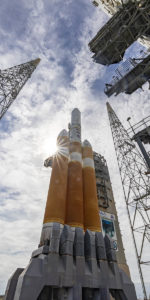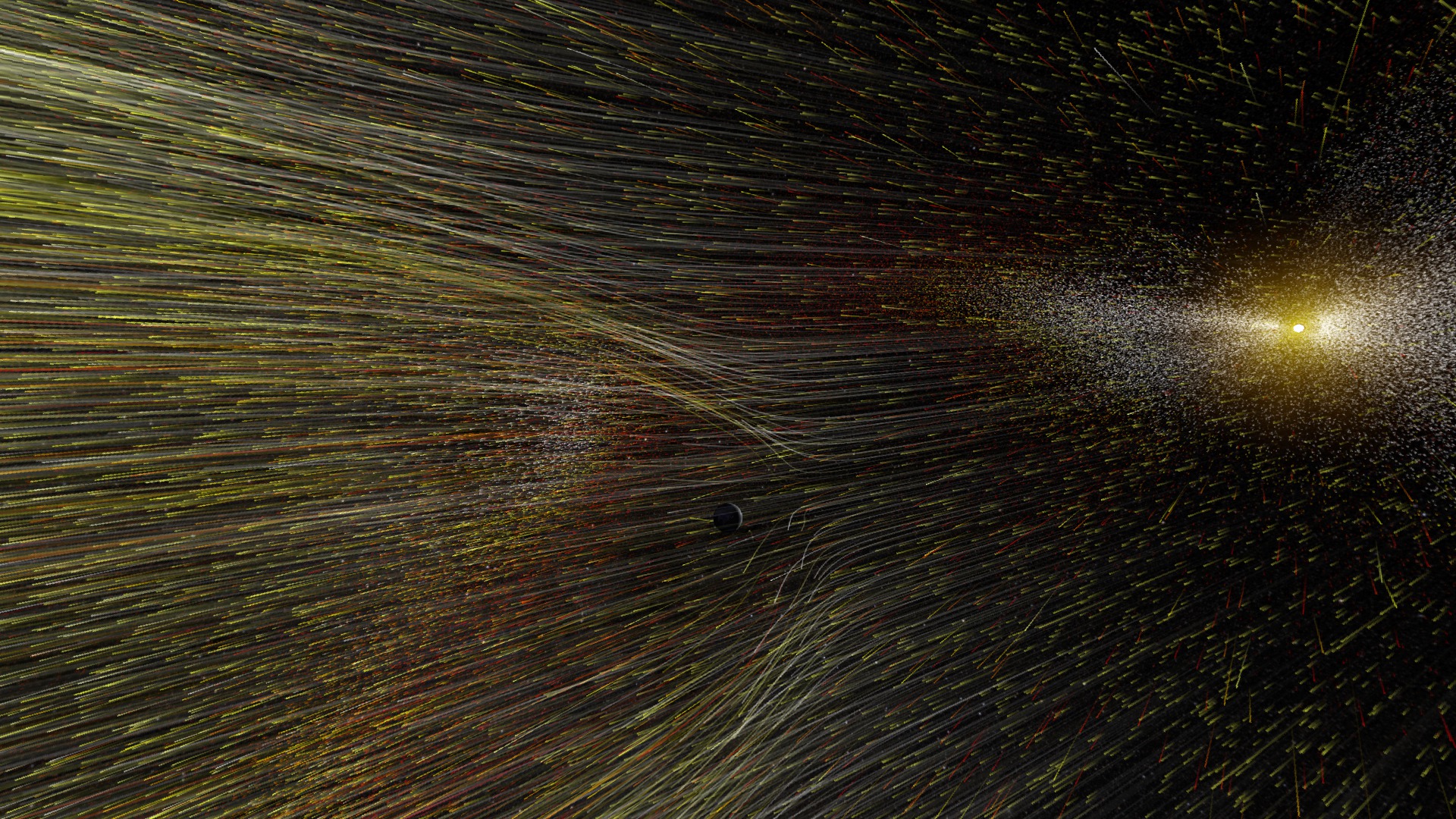
NASA has announced the selection of two new SmallSat missions – the Global Lyman-alpha Imagers of the Dynamic Exosphere (GLIDE), and Solar Cruiser – that will be launched onboard the Interstellar Mapping and Acceleration Probe (IMAP) in 2025. The science and technology demonstration missions, part of the Solar Terrestrial Probes (STP) Missions of Opportunity, will study Earth’s outermost atmosphere and further test the use of solar sails as propulsion technology for travelling in the solar system.
IMAP will be launched to the first Lagrangian equilibrium point (L1), which is about 1 million miles towards the Sun, from Earth. IMAP is designed to study the interstellar boundary region of the outer Solar System, the outer edge of the heliosphere called the heliopause, where the solar wind and the solar magnetic field collide with galactic material and the galactic magnetic field.
It will serve as a pathfinder mission for NASA’s new RideShare policy, under which the Science Mission Directorate (SMD) will plan how to take advantage of excess launch capacity and provide increased access to space for SmallSats.
More information about IMAP is also available here.
The two SmallSat missions that will accompany IMAP were chosen as Solar Terrestrial Probes (STP) Missions of Opportunity.
“The study of the solar influence on interplanetary space and the area around our Earth has made great advances just in the past decade,” said Thomas Zurbuchen, associate administrator for science at NASA Headquarters in Washington. “I’m confident the next decade promises even more new discoveries and historic technology innovations.”
GLIDE will focus on the outer reaches of our planet’s atmosphere called the exosphere. This is where the atmosphere actually touches space, so is the outermost boundary of Earth’s atmosphere. In this region, the atmosphere is so tenuous that atoms can actually escape Earth’s gravity.
“The exosphere is a critical component of Earth’s protection against solar storms” explained Prof. Lara Waldrop at The Grainger College of Engineering Electrical & Computer Engineering. “GLIDE will reveal the nature and origins of the exosphere’s global structure and temporal variability, which will provide us with better ways to forecast and, ultimately, mitigate the ways in which space weather can disrupt modern technology, such as satellite electronics, radio communication, electric power distribution, and even air travel.”
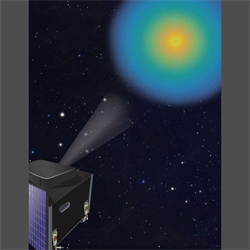
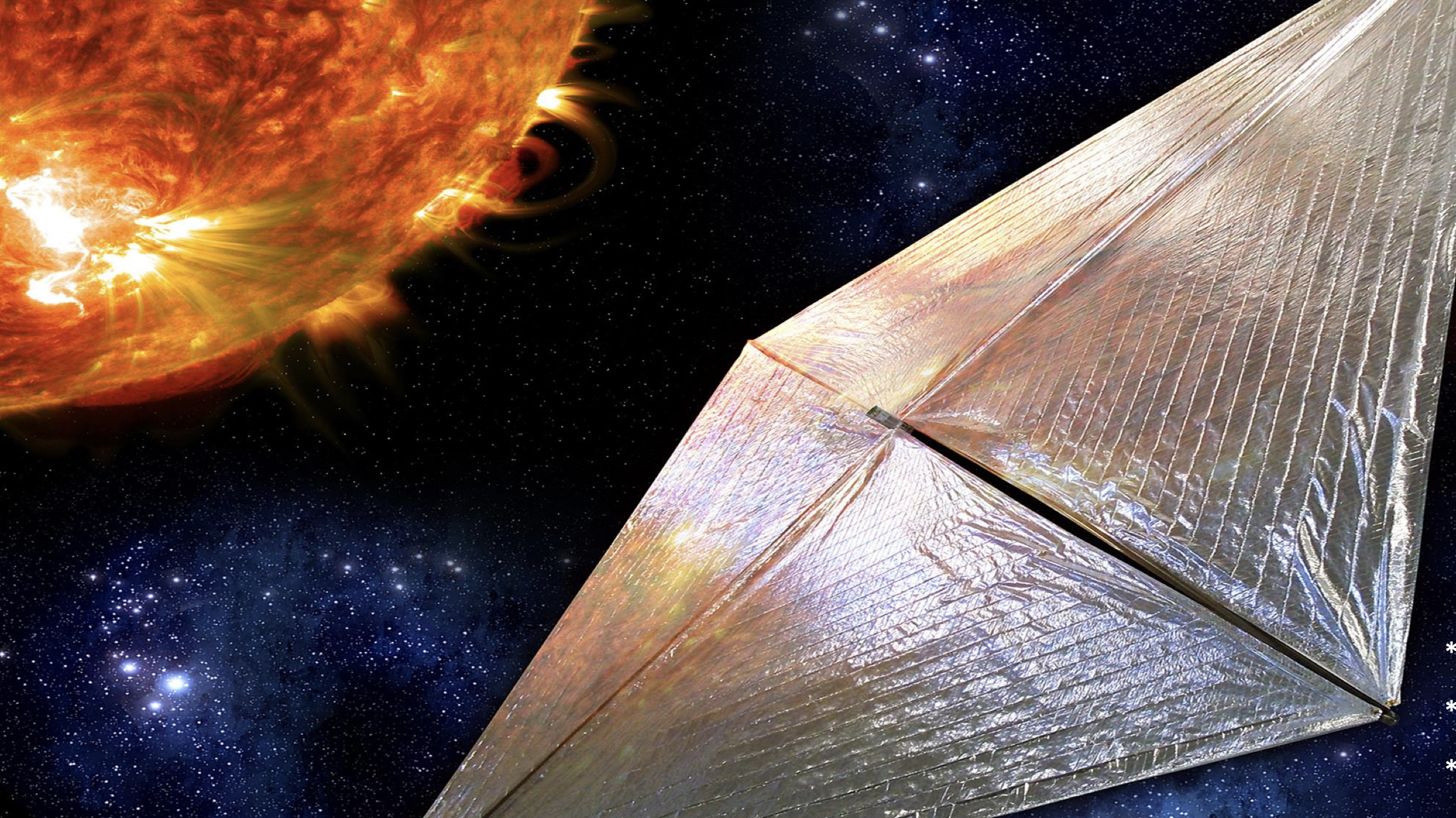
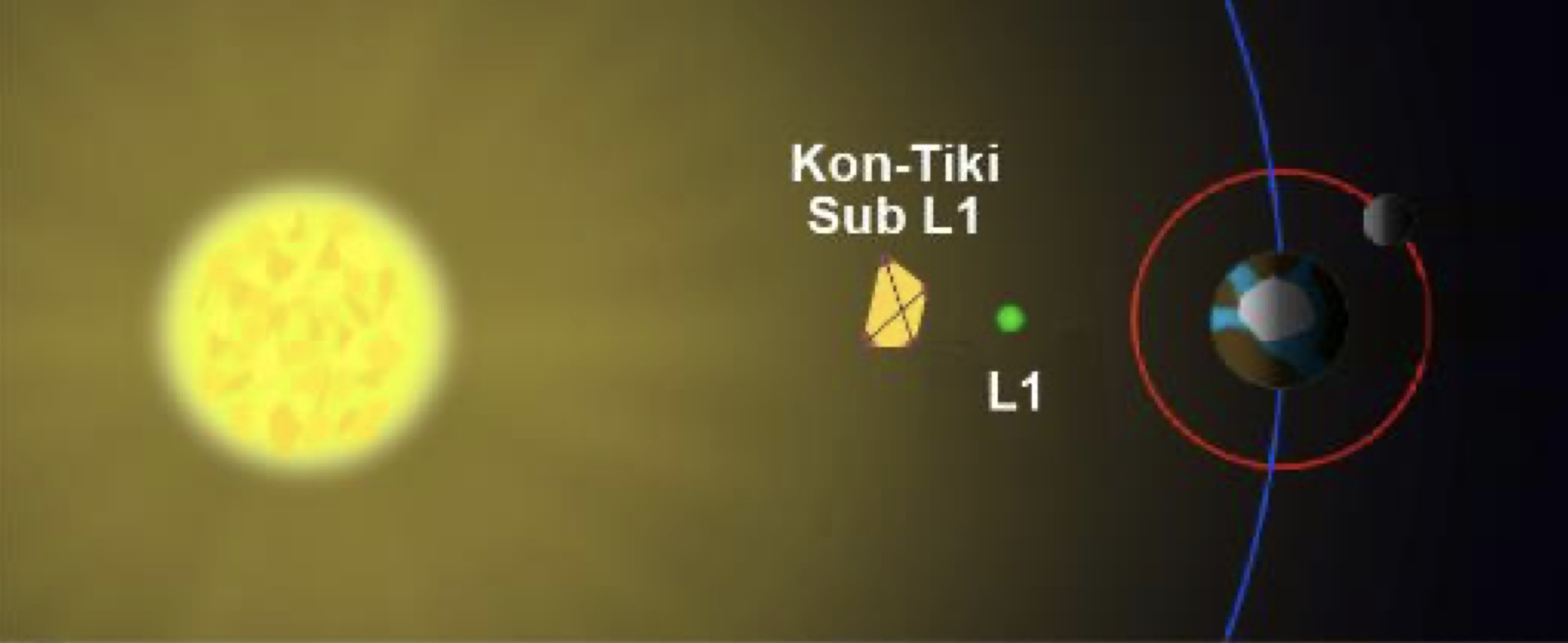
GLIDE will study variability within the exosphere, by tracking far ultraviolet light emitted from hydrogen. The mission is unique in that it will provide a global overview of the exosphere and its structure. This can only be done by a telescope far enough away from Earth. The inner Lagrangian point is an ideal location from which to do this. It also provides a great view of the Sun, which will allow continuous observations of the exosphere and its variations in response to solar storm disruptions.
“From its orbit around the L1 point, GLIDE will acquire wide-field images of ultraviolet emission with unprecedented cadence, revealing temporal variability in exospheric structure for the first time,” said Prof. Waldrop.
Until now, there have only been a few comparable ultraviolet light images taken from outside the exosphere. GLIDE will view the entire exosphere with a high rate of observations.
Knowing how the Sun affects the exosphere is important, in order for scientists to be able to better forecast and mitigate the affects of solar storms on radio communications in space, as well as communications and power grids on Earth.
“The exosphere is a critical component of Earth’s protection against solar storms” explained Prof. Waldrop. “GLIDE will reveal the nature and origins of the exosphere’s global structure and temporal variability, which will provide us with better ways to forecast and, ultimately, mitigate the ways in which space weather can disrupt modern technology, such as satellite electronics, radio communication, electric power distribution, and even air travel.”
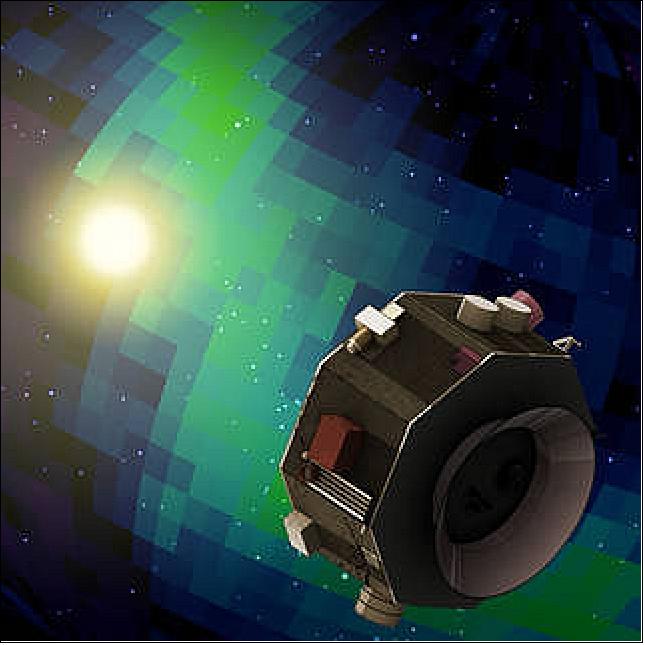
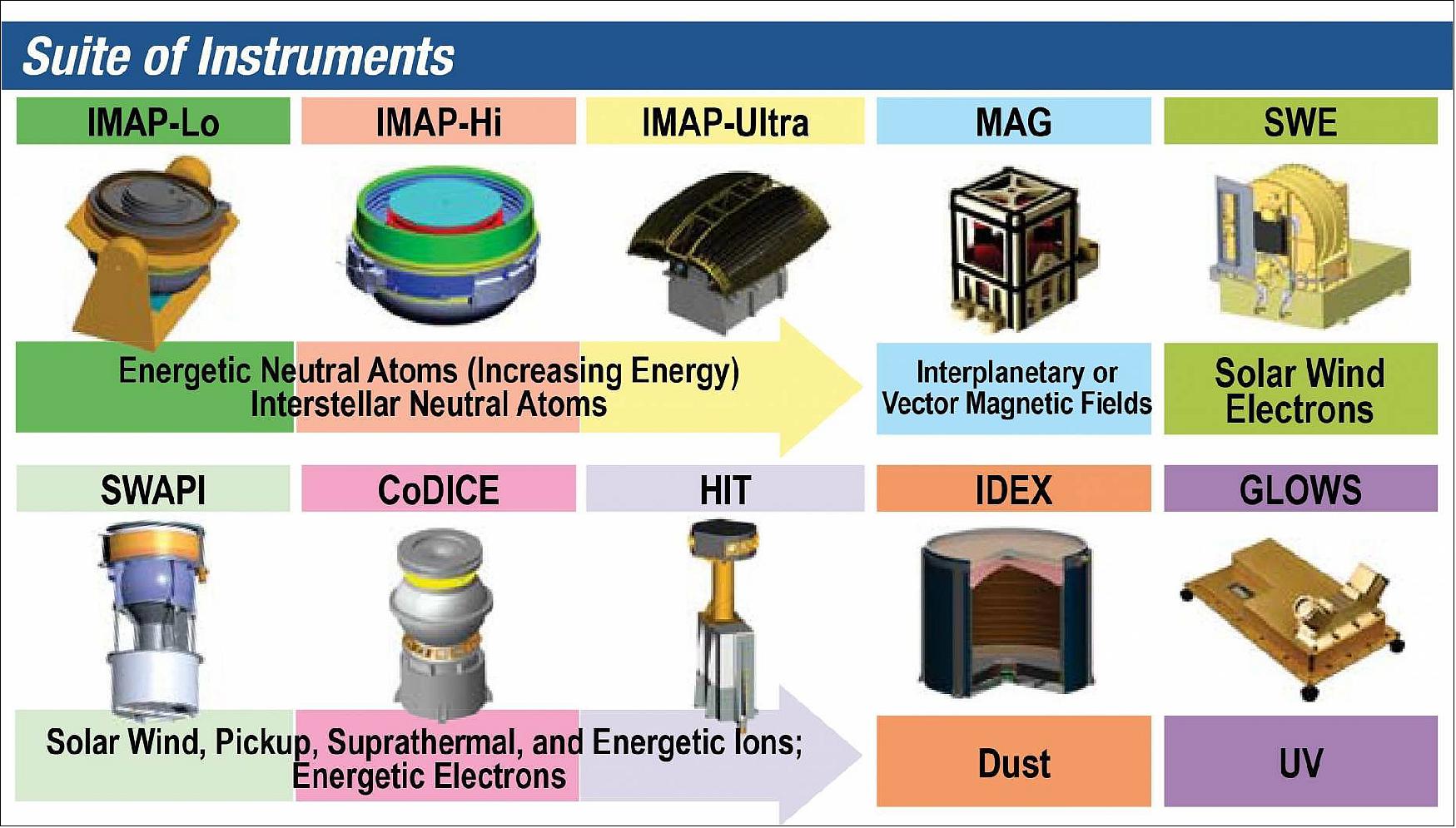
GLIDE currently has a budget of $75 million. The mission’s principal investigator is Lara Waldrop at the University of Illinois at Urbana-Champaign.
Unlike GLIDE, which is a science mission, Solar Cruiser is a technology demonstration mission. It is a solar sail, which uses solar radiation from the Sun for propulsion. Such missions could attain new orbits far from Earth, out of the ecliptic plane, and in stationary orbits in the Earth’s geo-tail.
In the case of Solar Cruiser, it will move into a position along the Earth-Sun line at a point closer to the Sun than L1. As with GLIDE, this would be advantageous for monitoring space weather that could affect communications.
This solar sail will be quite large, at 18,000 square feet (nearly 1,700 square meters).
Solar Cruiser has a budget of $65 million, and the principal investigator is Les Johnson at NASA’s Marshall Space Flight Center in Huntsville, Alabama.
Although not selected at this time, the Spatial/Spectral Imaging of Heliospheric Lyman Alpha (SIHLA) mission was provided funding toward a possible selection later on. That decision will be based on budget and RideShare opportunities at the time.
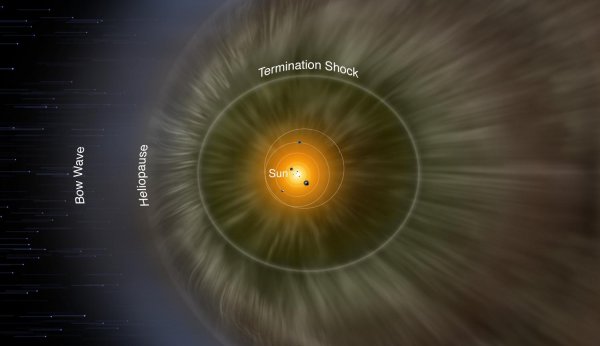
At stated by NASA, SIHLA’s objective would be a little different:
“SIHLA would map the entire sky to determine the shape and underlying mechanisms of the boundary between the heliosphere, the area of our sun’s magnetic influence, and the interstellar medium, a boundary known as the heliopause.”
“The observations would gather far-ultraviolet light emitted from hydrogen atoms. This wavelength is key for examining many astrophysical phenomena, including planetary atmospheres and comets, because so much of the universe is composed of hydrogen.”
IMAP presents a great opportunity for smaller, secondary missions to be launched together on one rocket, hence the term rideshare, which helps reduce costs.
“Launching several missions together helps us maximize science while keeping costs down,” said Nicky Fox, Heliophysics Division director at NASA Headquarters in Washington. “We’re expanding the range and composition of a robust fleet of missions studying the Sun and space weather, and these two new selections will help advance into areas where we need to know more.”
“Expanding our capabilities and knowledge through experimental missions using SmallSats and tech demos enables us to do and try so many more things,” said Peg Luce, deputy director of the Heliophysics Division at NASA Headquarters in Washington. “Our Sun has thrown a lot of interesting questions at us lately, and we’re using every avenue to study space weather and its impact on our planet and our Solar System.”
IMAP, GLIDE and Solar Cruiser represent new strategies for keeping costs down while still achieving the desired science results from new missions that will help scientists better understand the environment of our Solar System and how it interacts with our Earth.
.
.
FOLLOW AmericaSpace on Facebook and Twitter!
.
.




